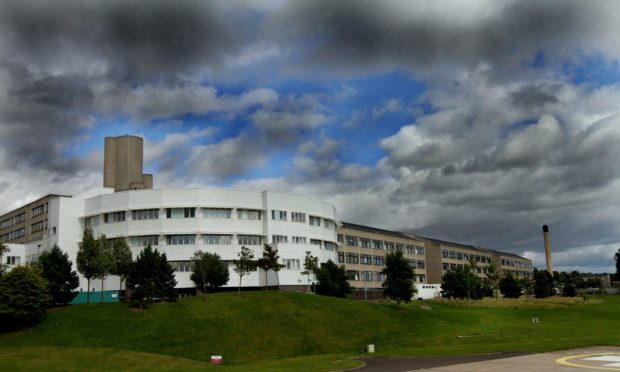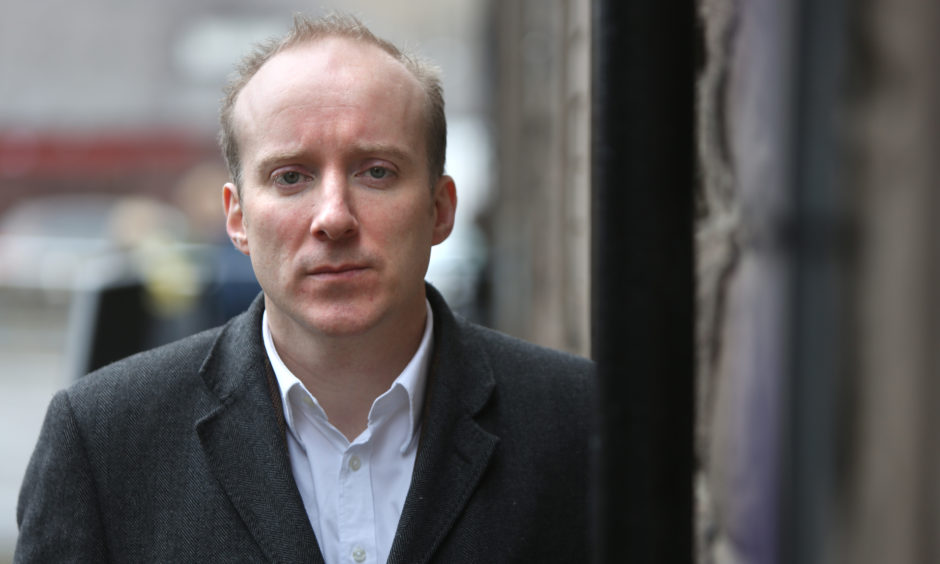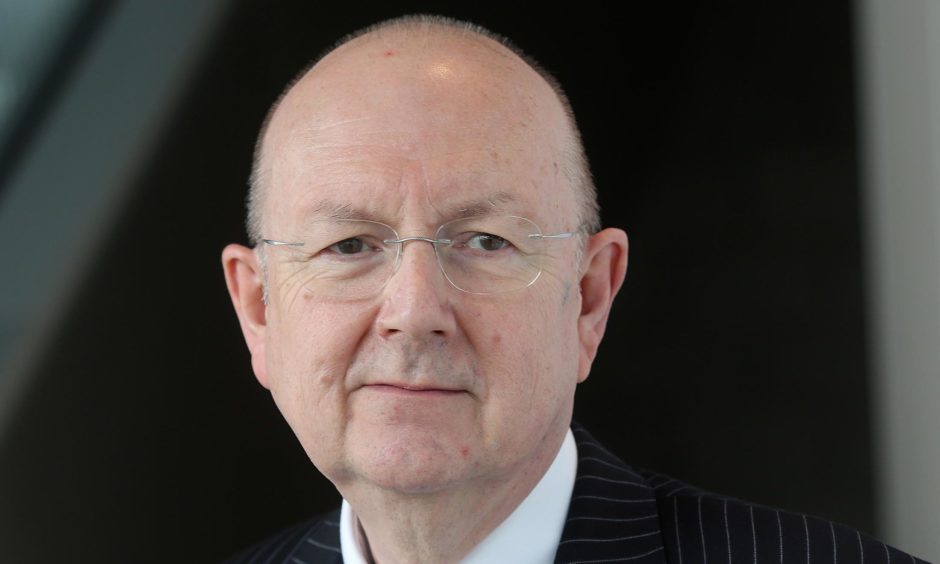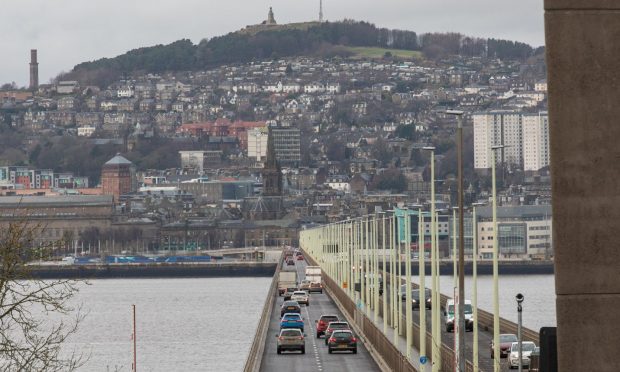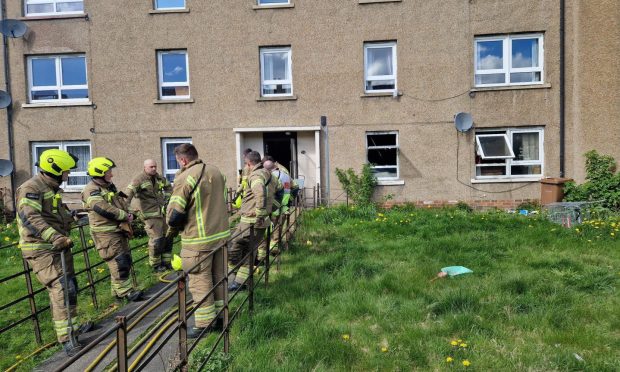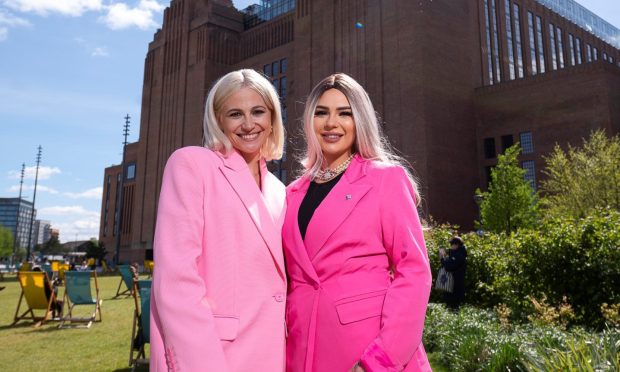NHS Tayside could run out of specialist Covid-19 hospital beds within days, new data has shown.
The health board reported on Monday 81% of its current Covid-19 beds are already full with cases continuing to surge.
A week earlier, on January 4, less than 40% of its 191-bed capacity was in use.
The figures show the escalating impact of the virus on local communities and families across Dundee, Perth and Kinross and Angus.
The rocketing numbers have led to renewed calls on people to follow government guidance and predictions that further restrictions are now “inevitable and essential.”
NHS Tayside managers are now looking to scale up the number of available beds in the region with a further 68 promised in the next few days.
It is not yet known exactly what effect this will have on other areas of healthcare provision.
Fast approaching ‘breaking point’
On average, 12 new patients in the region require hospital treatment for the virus every day.
Current reported hospital capacity will be met in three days – and exceeded in four – if Covid-19 hospitalisations continue to grow at the current rate.
Labour councillor Michael Marra said the rapid acceleration of the virus since Christmas leaves the country in a “very dangerous” position.
He said: “So many lives are being lost and we cannot simply wait for the vaccine to rescue us. This analysis shows that our NHS is fast approaching breaking point.
“Our NHS Tayside staff are doing unbelievable work in worsening conditions. We cannot just thank them, we must help them.”
Mr Marra said it is vital “we do all we can to break transmission of the virus in our communities today. Further restrictions are both inevitable and essential.”
Both Scottish and UK governments must immediately make self-isolation easier by ensuring that those with symptoms can afford to do the right thing, he added.
“Our test and trace system must be rapidly improved and our airport testing and isolation policy must be radically strengthened.”
Deliver vaccines before services ‘overwhelmed’
Patient numbers in the Ninewells Covid-19 intensive care unit (ICU) remain below capacity. The health board reported eight patients in the ICU, which has capacity for 22, on Monday, January 11.
North East region Conservative MSP Bill Bowman said: “It’s hugely concerning to see such a sharp rise in cases and hospitals coming under such pressure.
“NHS Tayside capacity is nearing its limit, and we must do everything possible to protect that from happening.”
Mr Bowman said following the restrictions will help relieve pressure on beds and on the frontline workers who are dealing with the crisis.
The Scottish Government must also “guarantee NHS Tayside gets the resources to cope with these extraordinary demands – while continuing to provide other life-saving services.
“It’s also imperative vaccine delivery ramps up before services are overwhelmed,” he added.
In Fife, the latest data suggests NHS Fife, with a Covid capacity of 171 beds, is currently not facing the same pressures.
Sixty two Fife patients were in hospital with the virus on January 4, increasing to 82 on January 11.This is around 48% of the health board’s overall capacity.
Eight beds from the Fife ICU capacity of 20 were occupied on Jan 11.
New strain impacting on hospitals
NHS Tayside operational medical director Dr Pamela Johnston said clinicians and managers have been planning their response to the second wave for the past few months.
She said “the modelling and data indicated that we would hit a further peak of infection in early 2021 and this is proving to be the case.”
“The increased transmission in our communities and the impact of the more infectious strain of the virus is directly impacting on the number of cases being cared for in our hospitals.”
She said clinical teams had developed “very detailed plans” to rapidly scale up the number of beds available to Covid-19 patients.
Current capacity was two beds higher than on December 23, when numbers were last measured, she added.
She said: “We currently have 193 ward beds open for patients in Tayside, as well as our dedicated capacity in our Covid-19 Intensive Care and High Dependency Units.
“The next phase of the plan would see up to a further 68 beds being converted for Covid-19 patients, and there is capacity to go beyond that if more beds are needed.
“The last thing, however, our frontline teams want to see is these extra beds filling up. So we are making another heartfelt plea to everyone out there to follow the guidance.”
